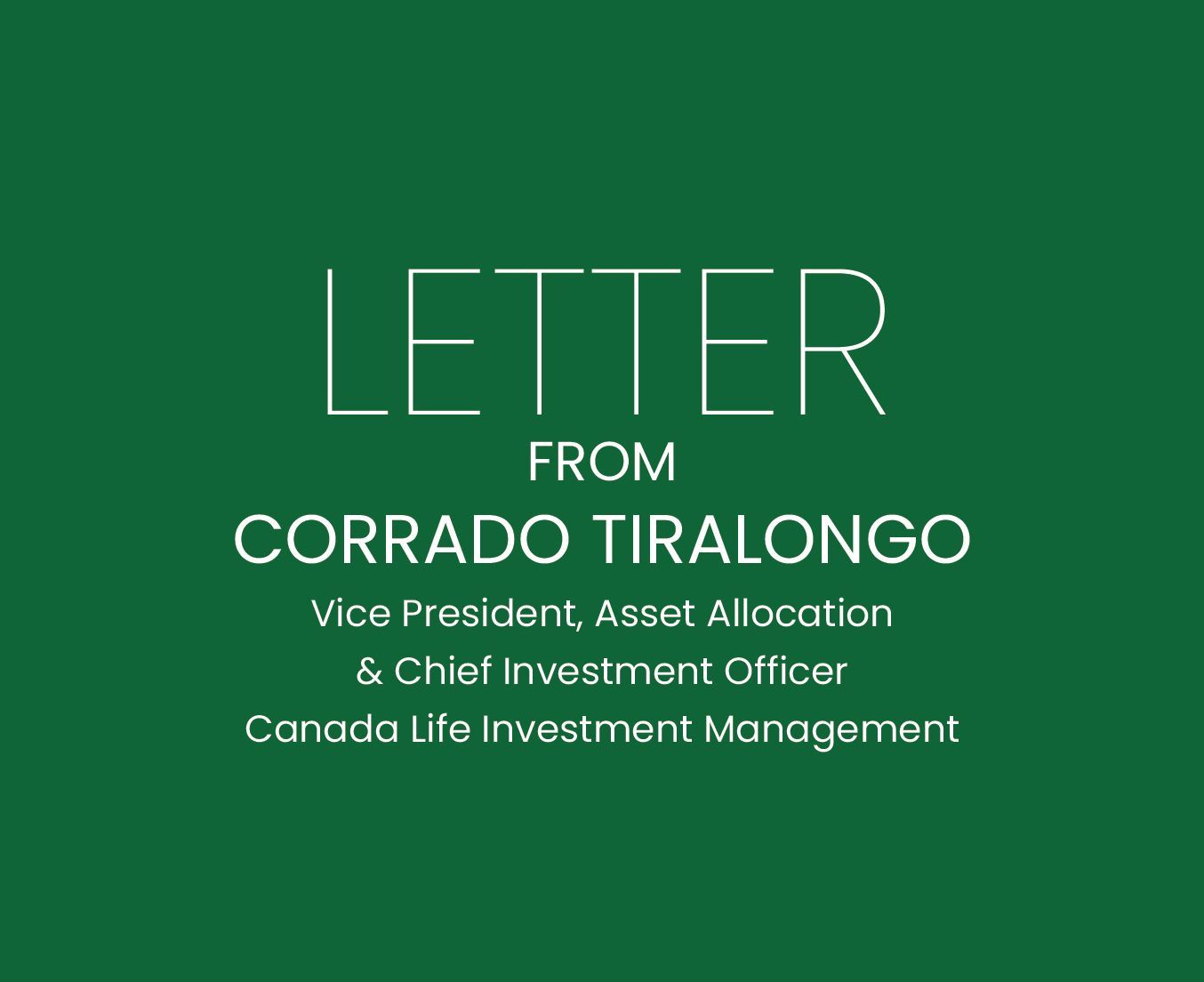While the concept of achieving a balance between work and leisure has been traced back as far as the early 1800s, it wasn’t until the 1990s that the phrase “work-life balance” found its way into common parlance. Today, it’s what everyone seems to want.
The same concept of balance can be applied to investing. But instead of a choice between work and leisure, investment balance is based on a mix of risk and return.
A balanced portfolio requires weighing an investor’s objectives, time horizon, risk tolerance and investment knowledge.
Once these factors are well understood, an advisor should consider the following variables: asset mix, asset allocation style, investment management style, geographic bias, market capitalization and rebalancing parameters.
Let’s define each.
- Asset mix refers to the combination of equity, fixed income, cash and other assets to create diversification. Equity classes can be further broken down to include specific sectors, such as real estate, financial institutions and consumer staples. Fixed income classes may include federal, provincial or municipal bonds, high-yield corporate bonds and debentures. Cash typically refers to treasury bills, banker’s acceptances and commercial paper. Some managers also include alternative assets like commodities. Generally, a balanced portfolio has 50% to 60% in equities, and 50% to 40% in fixed income and cash instruments.
- Asset allocation style refers to several methods. The three most common are strategic asset allocation, tactical asset allocation and a concentrated or focused asset allocation. Strategic asset allocation focuses on a balance between risk and return mapped along what is called an “efficient frontier” (a curve that plots the maximum reward for a given amount of risk). The benefit of this approach is it minimizes an emotional response to market volatility. The disadvantage is that it may be too disciplined or rigid in the short term to take advantage of market fluctuations. An example of strategic asset allocation is always being at 50% equities, 50% fixed income, no matter the market conditions. Tactical asset allocation may start with an optimized asset allocation, but will allow a manager to increase or decrease exposure to equities and/or fixed income within a prescribed range. This style can take advantage of short-term market anomalies, such as buying opportunities when a stock, commodity or resource drops in price and is likely to rebound within an acceptable timeframe. But a tactical manager may act too early or too late to maximize a return due to an over- or under-allocation.
Finally, a concentrated or focused asset allocation may focus on a specific sector, region or company size (usually referred to as “market capitalization”). Some would suggest this is a highly speculative approach that doesn’t allow for proper diversification. However, it may be appropriate if a client is diversified in other personal or corporate investments that provide exposure to other asset classes. In this case, this approach can be very targeted given certain market cycles, conditions or client requirements.
- Investment style can be based on different preferences including value, growth, or GARP (growth at a reasonable price). A value-based approached is used by investment managers who seek a margin of safety by investing in what they deem to be undervalued stocks. Alternatively, growth investment managers seek momentum in a particular company, industry or sector. This momentum can be driven by events such as the launch of new products, an increase in housing starts, or a decrease in interest rates that may fuel growth in the mortgage and lending sector. A neutral position may include 50% exposure to value and 50% exposure to growth. GARP investors seek companies that are showing consistent earnings growth above broad market levels (a fundamental of growth investing) while avoiding companies that have very high valuations (a key tenet of value investing).
- Geographic consideration provides an opportunity for an investor to diversify assets across different locations. Although many Canadians are drawn to investing in Canada, the local market represents only 3% of the world equity market. As a result, most balanced investment portfolios will blend holdings across Canadian, U.S. and global equities and fixed income to capture the greatest diversification.
- Market capitalization preference refers to choices made based on the size of the companies held in an investment portfolio. The most common holdings in most portfolios are large blue-chip companies that are often considered less risky as they have been in business for a long time, are covered by many analysts, are frequently in the news and are familiar to advisors and investors. However, a market capitalization approach may also provide exposure to micro-cap companies that are not well-known, or small and medium-sized companies that may be well-known only in a particular region or industry. The balanced investor may seek exposure to each of these to gain diversification.
Just as the definition of work-life balance will vary by person, a balanced approach to investing may vary by investor. For example, some may choose a 50/50 or a 60/40 asset blend of income and growth, while others may prefer a strategic approach instead of a tactical one.
Rebalancing
With work-life balance, it’s important to maintain a rebalancing policy so you don’t swing too far in one direction. In investing, rebalancing is how frequently, or at what threshold of deviation from original investment objectives, changes are made to a portfolio. Rebalancing allows an investor to buy or sell assets in a portfolio based on under- or over performance in a particular asset class relative to other asset classes. This activity essentially forces investors to buy low and sell high without emotion to maintain the original asset allocation. As a result, it is often known as the industry’s last free lunch.
While a balanced approach is arguably the most common investing approach today, it’s not new. At a recent event in Toronto, a colleague reminded me of advice dating back over 500 years from a German banker aptly named Jacob Fugger the Rich. Fugger recommended investing equally in four assets: stocks, bonds, real estate and gold coins, and he expected losses in any one of these components at any given time. During inflationary periods, an investor may be penalized by bonds, but rewarded by gold and real estate. The opposite will be true during deflation. As the market performance fluctuates and creates imbalances, Fugger also recommended rebalancing back to four equal parts. No wonder he was rich.
Which brings us back to the similarities between work-life balance and balanced investing. If your New Year’s resolution is to work a bit less and work out a bit more (or to spend a bit less time in the TV room and a bit more time in the boardroom), you might be seeking balance in your portfolio as well. If so, keep these guidelines in mind.
This post was first published in Advisor.ca on January 16, 2017.
Investment Planning Counsel



